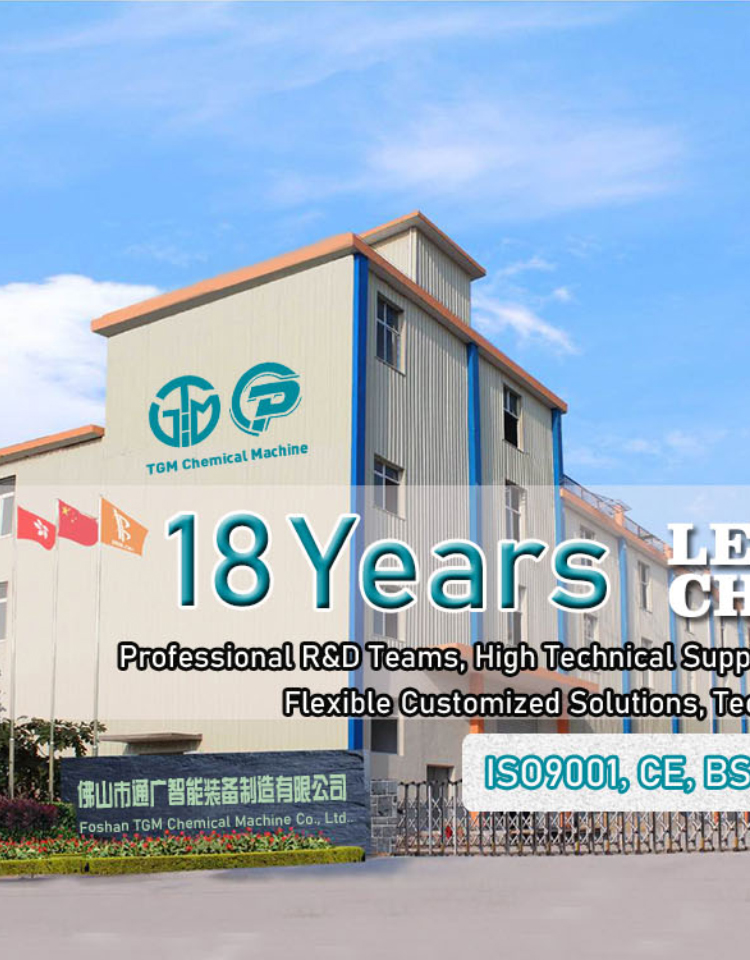Email cannot be empty
Password cannot be empty
Email format error
Email cannot be empty
Email already exists
6-20 characters(letters plus numbers only)
The password is inconsistent
Email format error
Email cannot be empty
Email does not exist
6-20 characters(letters plus numbers only)
The password is inconsistent


The Science of Strength: How CPVC Solvent Cement is Manufactured
CPVC (Chlorinated Polyvinyl Chloride) solvent cement is the critical component that ensures the integrity and longevity of CPVC plumbing systems. Unlike ordinary adhesives, it works by chemically fusing pipes and fittings into a single, monolithic piece. For manufacturers, engineers, and plumbing professionals, understanding its production process highlights the precision and science required to create a reliable product.
Phase 1: Raw Material Sourcing and Formulation
The production begins with the careful selection and proportioning of raw materials. The formulation is a precise recipe that determines the cement's performance.
-
Solvents: The primary liquid base. Common solvents include Tetrahydrofuran (THF), Cyclohexanone, and Acetone. Their role is to dissolve the CPVC resin and temporarily soften the surfaces of the pipes and fittings to enable inter-fusion.
-
CPVC Resin: The key active ingredient. Granules of CPVC resin are dissolved into the solvent blend. This creates a chemical "bridge" with the pipe material, ensuring a compatible and permanent bond.
-
Additives: Various chemicals are incorporated to modify the cement's properties:
-
Thickeners (e.g., fumed silica) prevent the cement from dripping during overhead applications.
-
Stabilizers protect the cement from degrading due to heat or UV exposure.
-
Colorants (like blue or orange) provide visual confirmation of application coverage.
-
Phase 2: The Manufacturing Process
The transformation from raw materials to finished product is a controlled, multi-stage operation.
-
Mixing and Dissolving: The precise amounts of solvents are charged into a large, closed mixing vessel. The CPVC resin is gradually added under high-speed agitation. This process can take several hours to ensure the resin is completely dissolved, resulting in a smooth, lump-free liquid.
-
Incorporation of Additives: Once the base solution is stable, thickeners and other additives are slowly introduced. The mixing continues until the desired viscosity and homogeneity are achieved.
-
Filtration and De-aeration: The mixture is pumped through filtration systems to remove any undissolved particles or impurities. It may also be de-aerated to eliminate air bubbles that could weaken the bond line.
-
Quality Control Testing: Before packaging, samples are taken from the batch for rigorous testing. Key tests include:
-
Viscosity: Ensures proper application.
-
Set Time and Cure Time: Measures how quickly the joint gels and fully strengthens.
-
Shear Strength: Tests the ultimate bond strength of a cured joint.
-
Compatibility & Certification: Verifies the cement meets industry standards like ASTM F493.
-
Phase 3: Packaging and Labeling
The final cement is automatically filled into cans with built-in applicator brushes. Proper packaging is crucial:
-
Airtight Containers: Prevent solvent evaporation and premature thickening.
-
Clear Labeling: Includes manufacturer information, application instructions, safety warnings, compliance with standards, and batch numbers for traceability.
Conclusion: More Than Just Glue
The production of CPVC solvent cement is a sophisticated blend of chemical engineering and stringent quality control. It's not merely a glue but a specialized chemical welding agent. Every batch must be consistent, reliable, and powerful enough to create plumbing joints that can last for decades. Understanding this process underscores why using the correct, high-quality cement is non-negotiable for safe and durable CPVC pipe installations.

